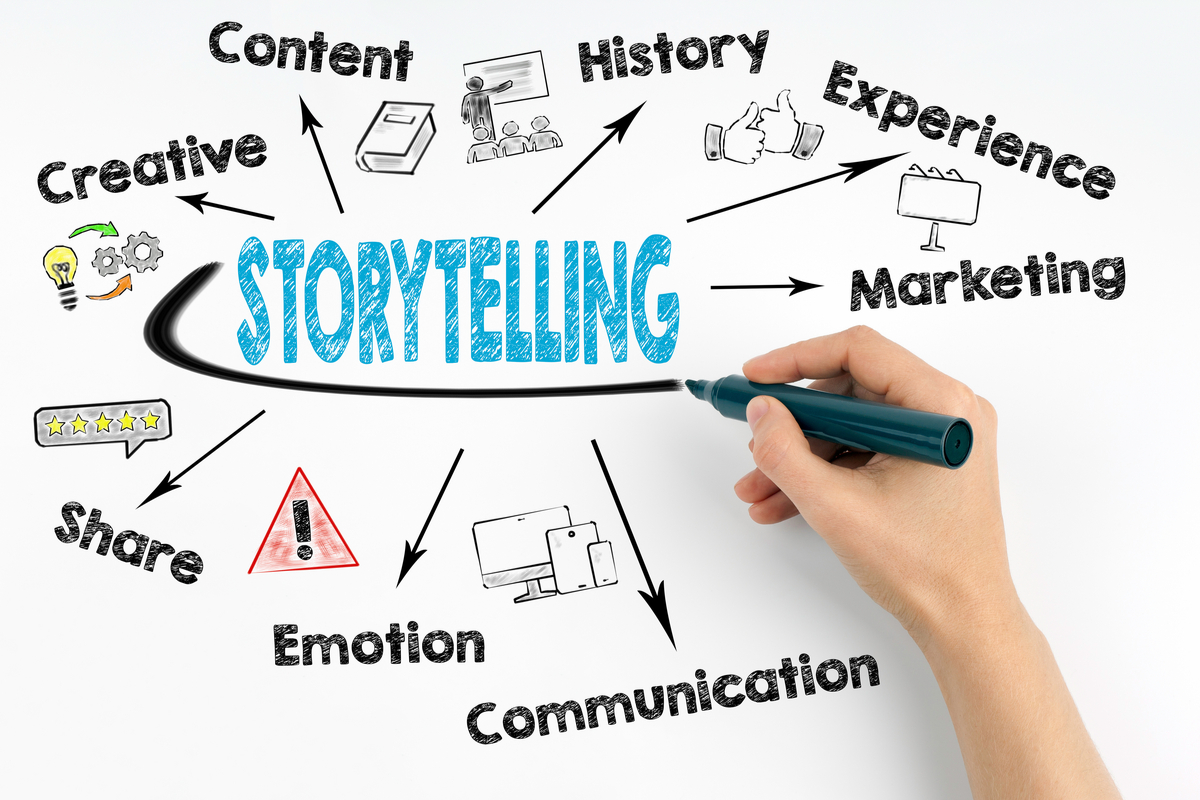
The Art of Storytelling in Communication Striking a Balance for Maximum Impact Stories possess immense power in communication, captivating audiences, and conveying messages with impact. However, it’s crucial to recognize that relying on them excessively can dilute their effectiveness. Achieving a delicate balance between storytelling and concise, direct communication is key to successful engagement.
Navigating the Power and Pitfalls of Stories in Effective Communication
Conciseness for Clarity: Sometimes, brevity and directness are the most effective communication methods. Complex narratives can confuse and overwhelm audiences. Ensuring your message is clear and to the point can be more impactful, especially in situations where time is limited.
Avoiding Predictability: Overusing storytelling can render your communications predictable. When stories become formulaic, they lose their ability to engage and inspire. To keep your audience’s attention, use stories strategically, saving them for moments when they can truly shine.
Authenticity is Key: Authenticity is the bedrock of effective storytelling. If a story lacks sincerity, people will doubt its credibility, and your message may fall flat. Be genuine in your storytelling to connect on a deeper level with your audience.
Crafting Carefully: Not all stories are created equal. Stories that are poorly crafted or inadequately chosen can lead to misunderstandings or even misinterpretations. Take the time to select and shape your stories thoughtfully to ensure they align with your message and resonate with your audience.
Storytelling is a potent tool in communication, but its power should be harnessed wisely. Balancing the use of stories with direct, concise communication, maintaining authenticity, and crafting stories with care are essential practices for maximizing the impact of your messages.

